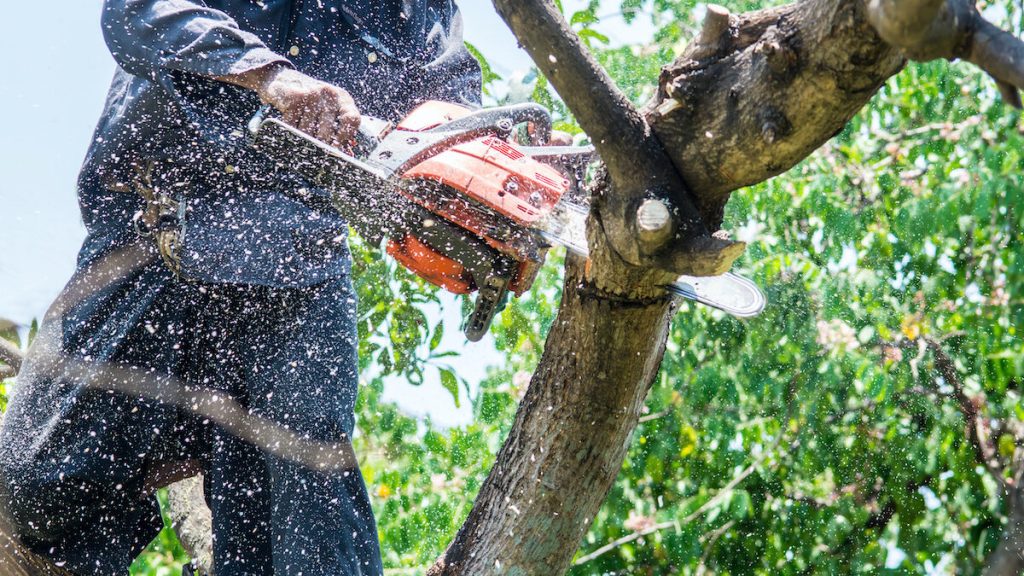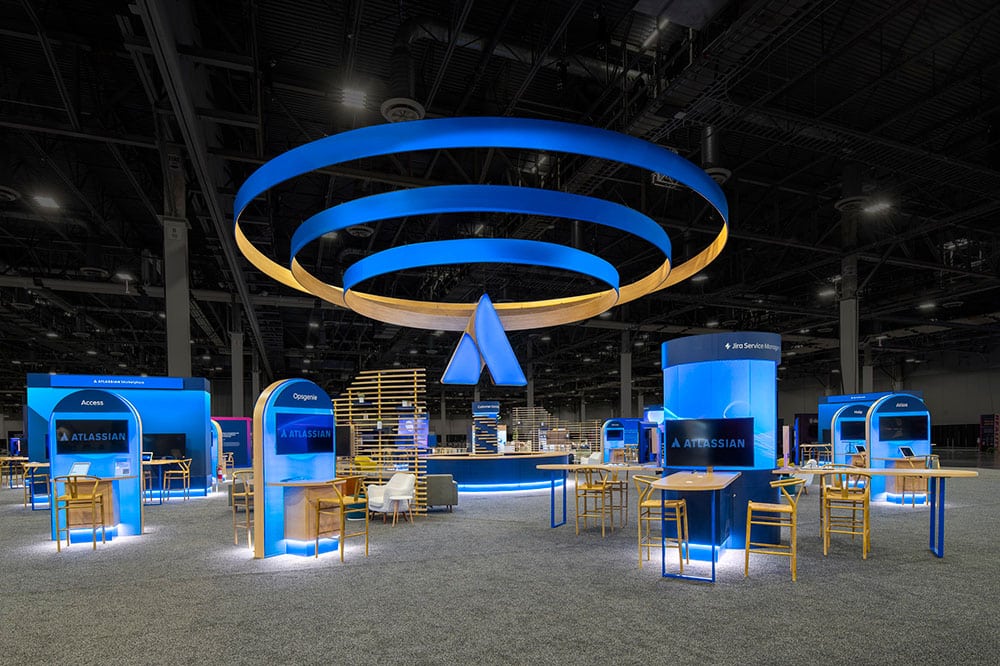Healthcare staffing agencies are transforming how medical professionals are recruited and placed across the world. With growing demand for skilled doctors, nurses, and allied health workers, these agencies play a crucial role in connecting the right talent with the right healthcare organizations. Innovation in recruitment processes has made it easier to meet workforce shortages, improve patient care, and enhance the efficiency of healthcare systems. Through technology-driven methods, data insights, and flexible workforce solutions, healthcare staffing agencies are driving progress in global medical recruitment like never before.
The Role of Healthcare Staffing Agencies
Healthcare staffing agencies act as a bridge between healthcare providers and medical professionals. Their main goal is to fill workforce gaps quickly and effectively. By focusing on both permanent and temporary placements, they ensure hospitals, clinics, and care centers have continuous access to qualified talent.
Key roles include:
- Identifying and screening medical professionals efficiently
- Reducing the administrative burden on healthcare facilities
- Managing credentialing and compliance requirements
- Supporting global workforce mobility and training
Technology Transforming Medical Recruitment
Innovation in technology has redefined the way healthcare recruitment operates. Automation, digital platforms, and data analytics now allow agencies to match candidates with precision and speed. Many professionals gain access to exclusive job openings through well-established healthcare staffing agencies.
Technology-driven innovations include:
- AI-based candidate matching: Predicts best-fit roles using skill data and experience
- Virtual interviews and onboarding: Simplifies the hiring process across borders
- Data analytics: Helps forecast staffing needs and optimize workforce planning
- Digital credentialing systems: Ensures faster and more reliable verification of qualifications
These tools reduce delays, improve hiring accuracy, and support global access to qualified healthcare professionals.
Global Impact of Innovative Recruitment
Healthcare staffing innovation supports global health systems by ensuring access to skilled talent anywhere in the world. As medical services expand and evolve, demand for flexible and specialized workers continues to rise. Staffing agencies respond with creative recruitment models that adapt to regional needs and healthcare demands.
Global benefits include:
- Better distribution of medical talent across countries
- Rapid response to healthcare crises and emergencies
- Opportunities for international collaboration and training
- Enhanced workforce diversity and cultural competence
Through global networks, agencies help stabilize healthcare systems and strengthen patient care delivery worldwide.
Building the Future Workforce
Innovation in medical recruitment also focuses on developing future-ready healthcare professionals. Staffing agencies are investing in upskilling programs, digital learning, and continuous professional development to ensure candidates are prepared for modern healthcare challenges.
Key strategies:
- Promoting continuous education and certification programs
- Encouraging adaptability through digital health skills
- Supporting ethical recruitment and fair employment practices
- Building long-term partnerships between employers and talent
These approaches help create a resilient, well-trained, and motivated global healthcare workforce.
Healthcare staffing agencies are driving a new era of medical recruitment through innovation and technology. By embracing automation, global collaboration, and skill development, they ensure healthcare organizations can meet changing patient and system needs effectively. The result is a stronger, smarter, and more connected medical workforce ready to support the future of healthcare worldwide.






